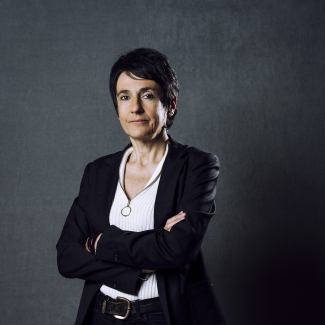
Parking problems seen from the standpoint of physics
In major metropolises, drivers looking for parking often represent more than 10% of urban traffic1 , making both pollution and frustration worse! Can physics help understand the headache of parking in cities? Yes, if we are to believe the research conducted by a team led by a CNRS researcher at the Institute of Light and Matter (CNRS/Université Claude Bernard Lyon 1), which has proposed a new approach to the topic. To do so, the scientists combined two disciplines: statistical physics and graph theory. The former helps grasp the collective behaviour of vehicles, which are treated as active particles. The latter, in this specific case, takes into account town and country planning by describing public roads as a series of vertices and edges. This approach includes more facets than the methods commonly used by transportation engineers, and physicists have illustrated its utility by conducting a case study of unprecedented scope focusing on 80,000 public parking places in Lyon in 2019. Their results, published in the May-June 2023 issue of Transportation Science, quite broadly agree with theoretical predictions and numerical models simulating realistic paths taken by vehicles. This original approach opens up promising prospects for optimising traffic in cities.

© Alexandre Nicolas
- 1Hampshire & Shoup, 2018
Parking search in the physical world : Calculating the search time by leveraging physical and graph theoretical methods. Nilankur Dutta, Thibault Charlottin and Alexandre Nicolas. Transportation Science, May-June 2023. https://doi.org/10.1287/trsc.2023.1206


